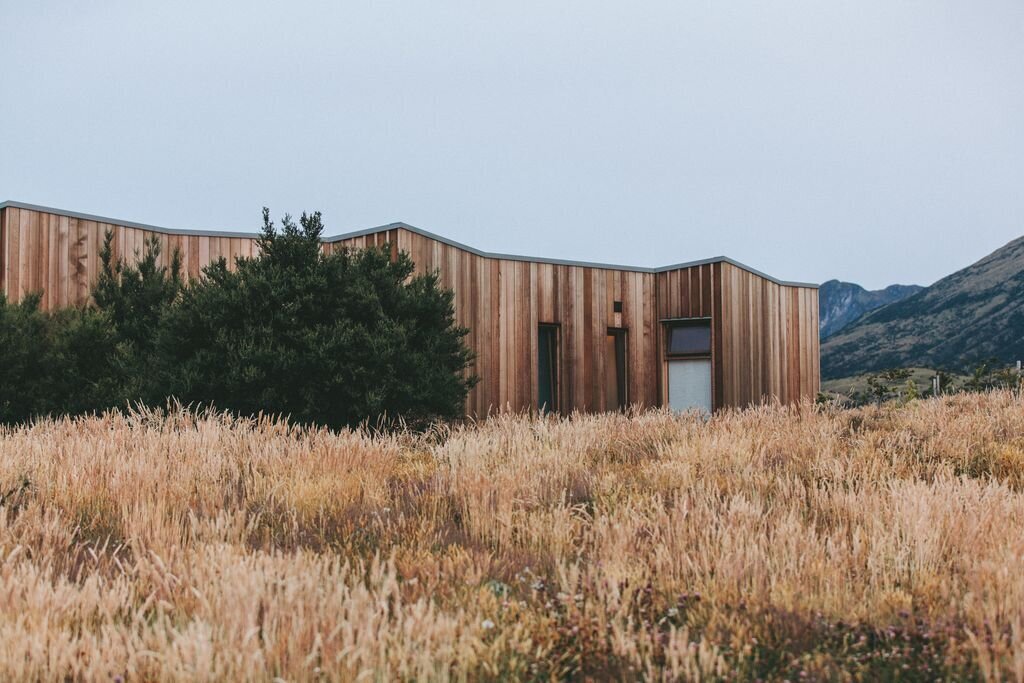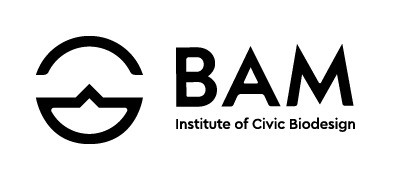
Module 1 Overview
The Self: Foundations of Personal Wellness
The Importance of Self-Improvement in the First Module
At BAM, we believe that before fellows can effectively work on projects aimed at impacting others, they must first experience and understand the process of improving their own conditions. This foundational experience is essential for several reasons:
Personal Experience and Empathy:
Firsthand Experience: By focusing on themselves as the intended impact group in their first module, fellows gain firsthand experience in identifying and addressing personal challenges.
Empathy: This experience fosters empathy, helping fellows understand the complexities and emotional aspects of change, which is crucial when working with others.
Appreciative Inquiry:
Curiosity and Understanding: Improving their own conditions encourages fellows to ask deeper questions about why things are the way they are. This fuels their curiosity and appreciation for the processes and factors involved in creating change.
Insight and Reflection: Through self-improvement, fellows gain insights into their own behaviors, motivations, and the underlying reasons for their current conditions. This reflection is invaluable for personal growth and for understanding others.
Skill Development and Self-Awareness:
Skill Building: Working on personal projects helps fellows develop essential skills such as problem-solving, critical thinking, and project management in a context that is immediately relevant and impactful.
Self-Awareness: This process enhances self-awareness, allowing fellows to recognize their strengths and areas for improvement, which is critical for effective leadership and collaboration.
Foundation for Future Impact:
Confidence and Competence: Successfully improving their own conditions builds confidence and competence, preparing fellows to tackle more complex projects involving others.
Grounded Approach: Fellows who have worked on themselves first are more grounded and realistic in their approach to creating change in larger groups. They understand the personal investment and commitment required for meaningful transformation.
Practical Application in the First Module
Self-Focused Projects: While working on their first project, fellows focus on themselves as the primary impact group. This involves setting personal goals, identifying areas for improvement, and implementing strategies to enhance their own wellness.
Steps in the Self-Improvement Process:
Assessment:
Self-Evaluation: Fellows begin by conducting a thorough self-assessment to identify areas of their life that need improvement. This can include physical health, emotional well-being, financial stability, or any other aspect aligned with the 8 dimensions of wellness.
Goal Setting: Based on their self-assessment, fellows set specific, measurable, achievable, relevant, and time-bound (SMART) goals for personal improvement.
Planning and Implementation:
Action Plan: Fellows develop a detailed action plan outlining the steps needed to achieve their personal goals. This plan includes timelines, resources, and support systems.
Execution: Fellows implement their action plan, actively working towards their personal improvement goals. This phase involves regular monitoring and adjustments as needed.
Reflection and Evaluation:
Ongoing Reflection: Throughout the process, fellows engage in regular reflection to assess their progress, challenges, and successes. They document their experiences, insights, and learnings.
Final Evaluation: At the end of the module, fellows conduct a comprehensive evaluation of their self-improvement efforts. They reflect on what worked, what didn’t, and how the experience has prepared them for future projects.
Outcome: By the end of the first module, fellows have a deeper understanding of themselves and the process of creating change. This self-knowledge and experience form a solid foundation for future projects aimed at impacting larger groups.
Conclusion
The initial focus on self-improvement ensures that BAM fellows are well-prepared to create meaningful change in others' lives. By experiencing and understanding the complexities of improving their own conditions, fellows develop empathy, self-awareness, and the practical skills needed to effectively engage in and lead community-focused projects. This approach aligns with BAM’s belief in the importance of starting with the self as the foundation for broader impact.
But I don’t want a self-help curriculum, I want to solve community-level problems!
Ekistics, the study of human settlements, primarily focuses on larger scales, such as families, communities, and cities. However, the principles of ekistics can be adapted to consider the unit size of one human by examining how individual needs and behaviors influence and are influenced by their immediate environment. Here’s how ekistics can be applied to the unit size of one human:
Ekistics and the Unit Size of One Human
1. Individual-Environment Interaction:
Personal Space: Understanding how an individual interacts with their immediate surroundings, including their home, workspace, and personal areas. This includes the design and organization of these spaces to promote comfort, efficiency, and well-being.
Micro-Environment: Examining the micro-environmental factors such as lighting, ventilation, temperature, and acoustics that affect an individual’s health and productivity.
2. Human Needs and Preferences:
Biological Needs: Addressing the basic biological needs of an individual, such as air quality, access to clean water, nutrition, and sleep. Ensuring that the environment supports these needs is fundamental to personal wellness.
Psychological Needs: Considering the psychological aspects, such as privacy, personal control over the environment, and the need for aesthetic and sensory stimulation. These factors play a significant role in mental and emotional well-being.
3. Ergonomics and Design:
Ergonomic Design: Implementing ergonomic principles to design furniture, tools, and spaces that support the physical health and comfort of an individual. This includes proper seating, workstations, and living spaces that reduce strain and enhance functionality.
Human-Centered Design: Designing environments and products that are tailored to the specific needs and preferences of individuals, ensuring that the design is intuitive, accessible, and supportive of daily activities.
4. Behavioral and Social Dynamics:
Behavioral Patterns: Analyzing individual behavioral patterns to design environments that encourage positive behaviors and habits, such as spaces that promote physical activity, relaxation, and social interaction.
Social Interactions: Understanding the role of personal environments in facilitating or hindering social interactions. Designing spaces that balance the need for solitude and socialization can enhance social well-being.
5. Cultural and Contextual Relevance:
Cultural Sensitivity: Recognizing that individual preferences and needs are influenced by cultural context. Designing personal spaces that reflect and respect cultural identities and practices.
Contextual Adaptation: Adapting designs to fit the specific context of the individual, including their lifestyle, occupation, and personal goals. This ensures that the environment is both functional and meaningful.
Applying Ekistics to Personal Wellness
By focusing on the unit size of one human, ekistics can provide valuable insights into creating environments that support individual well-being. This involves a holistic approach that considers biological, psychological, ergonomic, behavioral, and cultural factors.
Key Principles:
Optimize Personal Spaces: Design and organize personal spaces to enhance comfort, efficiency, and well-being.
Support Biological and Psychological Needs: Ensure that environments meet basic biological needs and provide psychological comfort and stimulation.
Implement Ergonomic and Human-Centered Design: Use ergonomic principles and human-centered design to create supportive and functional spaces.
Encourage Positive Behaviors and Social Interactions: Design environments that promote healthy behaviors and balance solitude with social interaction.
Respect Cultural Contexts: Adapt designs to fit the cultural and contextual needs of the individual.
Conclusion
While ekistics traditionally focuses on larger scales, its principles can be effectively applied to the unit size of one human. By considering how individuals interact with and are influenced by their immediate environments, ekistics can help create personal spaces that enhance overall well-being and support the foundational elements of personal wellness. This individual focus is crucial for building a strong basis for larger-scale wellness initiatives in civic biodesign.
If we return to our Module 1 structure you will see that it surrounds a project.
Each project is deployed at a certain scale, and for Module 1, that scale is one human: you. This means that everything you learn in the first Module you will have to try out on yourself.
As you can see you will have 9 competencies plus an event. Eight of the competencies will be provided by us; the ninth one you will design. Recall, each module covers all eight Dimensions of Wellness:
Intellectual: Recognizing creative abilities and finding ways to expand knowledge and skills.
Physical: Recognizing the need for physical activity, healthy foods, sleep, and managing health conditions.
Environmental: Occupying environments that support well-being.
Emotional: Coping effectively with life and creating satisfying relationships.
Social: Developing a sense of connection, belonging, and a support system.
Spiritual: Expanding a sense of purpose and meaning in life, including morals and ethics.
Financial: Satisfaction with current and future financial situations.
Occupational: Achieving harmony in work and leisure consistent with personal values.
So in Module 1 you will have a competency for each one of these 8 dimensions.

